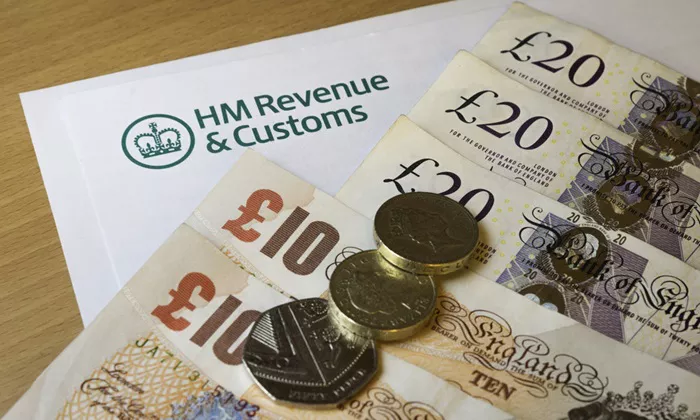If you have £20,000 to invest in the UK, you are in a great position to grow your wealth. However, investing can be challenging, and making the right choices is crucial. This article will explain your options in simple terms, helping you decide the best way to invest your money based on your financial goals, risk tolerance, and time horizon.
Step 1: Define Your Investment Goals
Before you invest, ask yourself what you want to achieve with your £20,000. Common goals include:
- Wealth Growth: Growing your money over time.
- Passive Income: Earning regular income from investments.
- Buying a Home: Saving for a house deposit.
- Retirement Planning: Preparing for the future.
Your goal will influence how you invest. For example, if you need the money in a few years, a high-risk investment might not be suitable. But if you are investing for the long term, you may be able to take more risks.
Step 2: Consider Your Risk Tolerance
Every investment comes with risk. Some people prefer safer investments, while others are comfortable with higher risks for potentially higher returns. Here’s a simple breakdown:
- Low Risk: Savings accounts, premium bonds, government bonds.
- Medium Risk: Dividend stocks, index funds, real estate.
- High Risk: Individual stocks, cryptocurrencies, startups.
Understanding your risk tolerance will help you make better decisions.
Step 3: Maximise Your Tax Benefits
In the UK, certain accounts offer tax advantages. Here are some you should consider:
1. Stocks and Shares ISA
- Allows you to invest up to £20,000 tax-free each tax year.
- No capital gains tax or dividend tax.
- Great for long-term investing.
2. Lifetime ISA (LISA)
- Ideal if you’re saving for a home or retirement.
- Government adds a 25% bonus (up to £1,000 per year).
- Withdrawals for non-property purposes before age 60 come with a penalty.
3. Pension (SIPP or Workplace Pension)
- Contributions benefit from tax relief.
- Invest in a mix of assets.
- Accessible only at retirement age.
Step 4: Investing Options
Now, let’s explore ways to invest your £20,000.
1. Stock Market
Investing in stocks is a great way to grow wealth over time. Here are some options:
- Exchange-Traded Funds (ETFs): These funds track market indexes like the FTSE 100 or S&P 500.
- Dividend Stocks: Companies that pay regular dividends provide income and potential growth.
- Individual Stocks: Investing in companies like Apple or Tesla can be profitable but risky.
- Mutual Funds: Professionally managed funds that diversify your investment.
A balanced approach is to put some money in ETFs for diversification and invest a smaller portion in individual stocks for potential high returns.
2. Real Estate
Buying property can be a smart investment, though it requires significant capital. You can:
- Buy-to-Let: Rent out property for monthly income.
- Real Estate Investment Trusts (REITs): Invest in real estate without owning property directly.
- Crowdfunding Platforms: Invest in real estate projects with smaller amounts.
If buying property is beyond your budget, REITs provide an alternative.
3. Bonds and Fixed Income Investments
Bonds are low-risk investments that pay regular interest. Options include:
- Government Bonds (Gilts): Safe but low returns.
- Corporate Bonds: Higher returns but riskier.
- Bond ETFs: A mix of different bonds for diversification.
Bonds are good for capital preservation and income generation.
4. Cryptocurrency (High Risk)
Crypto investments can be highly profitable but volatile. If you are comfortable with risk, you can allocate a small portion (5-10%) to:
- Bitcoin (BTC): The most well-known and established cryptocurrency.
- Ethereum (ETH): Popular for blockchain applications.
- Altcoins: Other digital assets with high growth potential.
Invest only what you can afford to lose.
5. Peer-to-Peer (P2P) Lending
Platforms like Funding Circle allow you to lend money to businesses in exchange for interest. This option offers higher returns than savings accounts but carries risk if borrowers default.
6. Starting a Business or Side Hustle
If you have a business idea, £20,000 could fund a startup or side hustle. Popular options include:
- E-commerce: Selling products online.
- Consulting: Using your skills to provide services.
- Content Creation: Blogging, YouTube, or social media monetization.
Step 5: Diversification – Don’t Put All Your Eggs in One Basket
A smart investor spreads money across different assets to reduce risk. Here’s a sample allocation:
- 50% in ETFs and stocks (£10,000)
- 20% in real estate (REITs) (£4,000)
- 10% in bonds (£2,000)
- 10% in cryptocurrency (£2,000)
- 10% in cash savings (£2,000)
This mix balances growth, income, and stability.
Step 6: Review and Adjust Your Investments
Investing is not a one-time decision. Regularly review your portfolio to:
- Ensure it aligns with your goals.
- Rebalance if certain investments outperform or underperform.
- Stay informed about market trends and economic conditions.
A good rule of thumb is to check your investments every six months and make adjustments if needed.
Conclusion
With £20,000, you have many investment options. The best approach depends on your goals, risk tolerance, and time frame. A combination of stocks, ETFs, real estate, and bonds can help grow your wealth while managing risk. Make sure to take advantage of tax-efficient accounts like ISAs and pensions.
If you’re unsure, consider consulting a financial advisor for personalized advice. Remember, investing is a long-term journey, and the key to success is patience and discipline.
By making smart investment choices today, you can build a secure financial future. Happy investing!
Related Topics:


